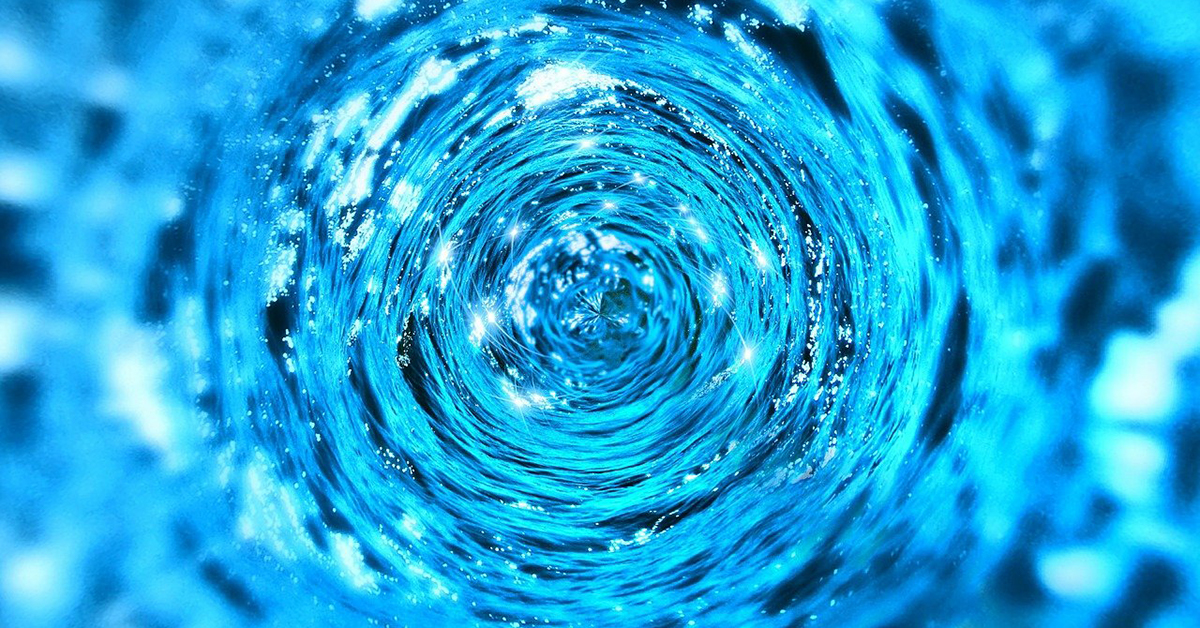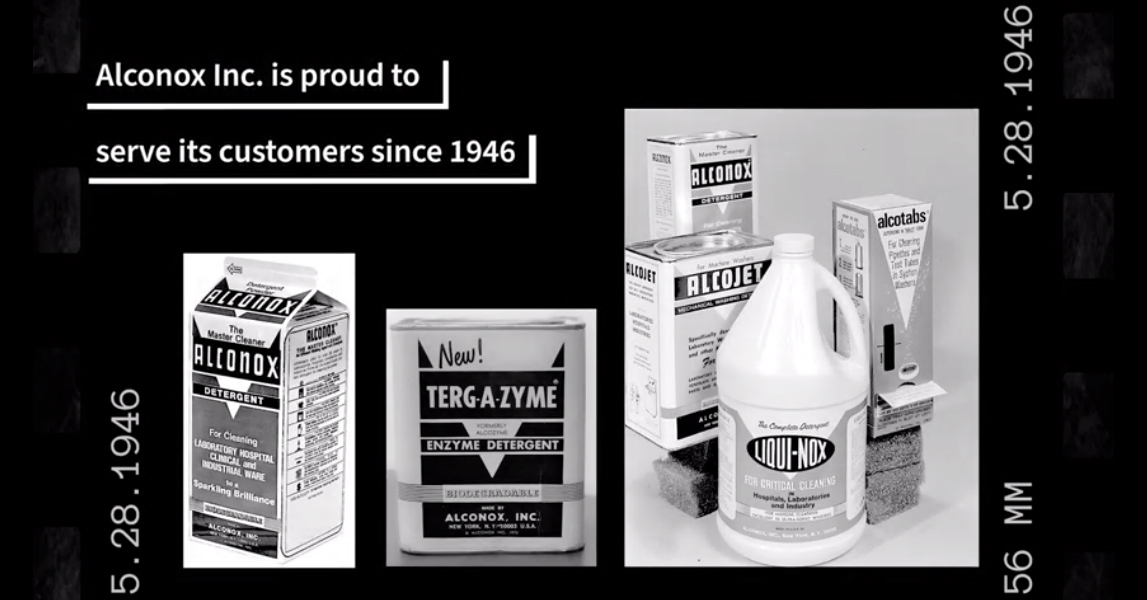Replace Toluene, Xylene in Cleaning
Q: We had a small fire incident in our lab when working with toluene and xylene. We are now going with safer aqueous detergents and will replace toluene and xylene as cleaning agents. What do you recommend for hydrocarbons from lab and glassware?
A: For removing hydrocarbons from lab and glassware, hot (60-80C) Alconox® Powdered Precision Cleaner or Liquinox® Critical Cleaning Liquid Detergent should do a great job, and….
Advanced Cleaning Mechanisms: Detergent Reuse
Q: We were wondering if Alconox, LLC has any data on detergent reuse? We will be looking at effectiveness of cleaning, and other parameters. Any other methods that you would recommend for detecting degradation and/or neutralization of the Alconox detergent?
A: Successful use for a period of time, whether it be one day, five days or up to two weeks, generally depends on soil load, type of soil and initial concentration of the detergent.
Disposal of Alconox, LLC Detergents
What is the proper way to dispose of your detergents? Detergent disposal in a proper manner is an integral part of a robust cleaning program regardless of scale or industry. Alconox, LLC detergents are biodegradable….
Alconox, LLC Critical Cleaning Testimonials
Here are a few people who have shared their experiences using Alconox, LLC Critical Cleaning products in laboratories. Alconox, LLC offers a full line of aqueous cleaning detergents that can be used in ultrasonic cleaning, manual, soak, or machine washers.
What is the Shelf Life of Alnochromix?
Q: Is the date on the Alnochromix packet a use by date, or an expiration? What is the shelf life of Alnochromix in diluted form? How long is it good for?
A: The dates on the packets of Alnochromix® Oxidizing acid additive are indeed an expiration date. We do not have data supporting use beyond that date.
The shelf life of Alnochromix solution depends….




